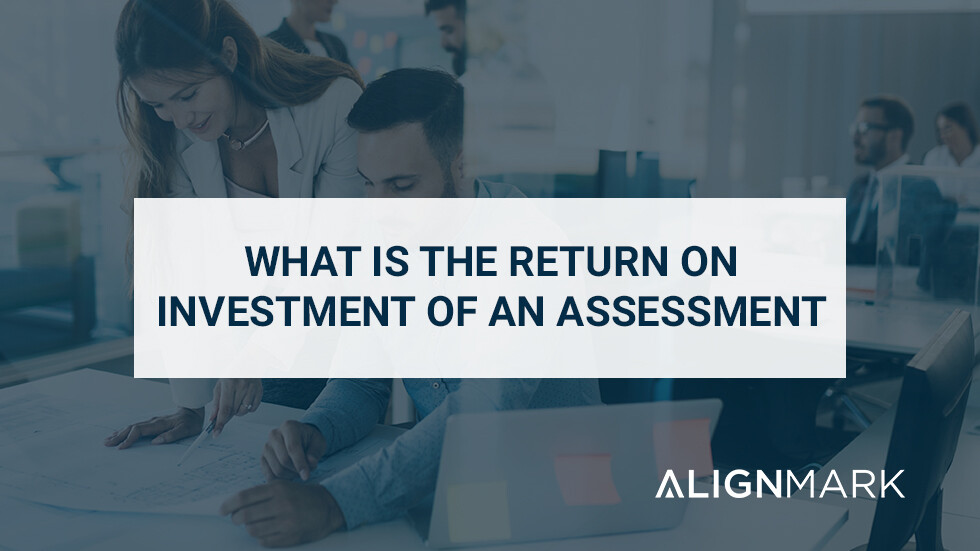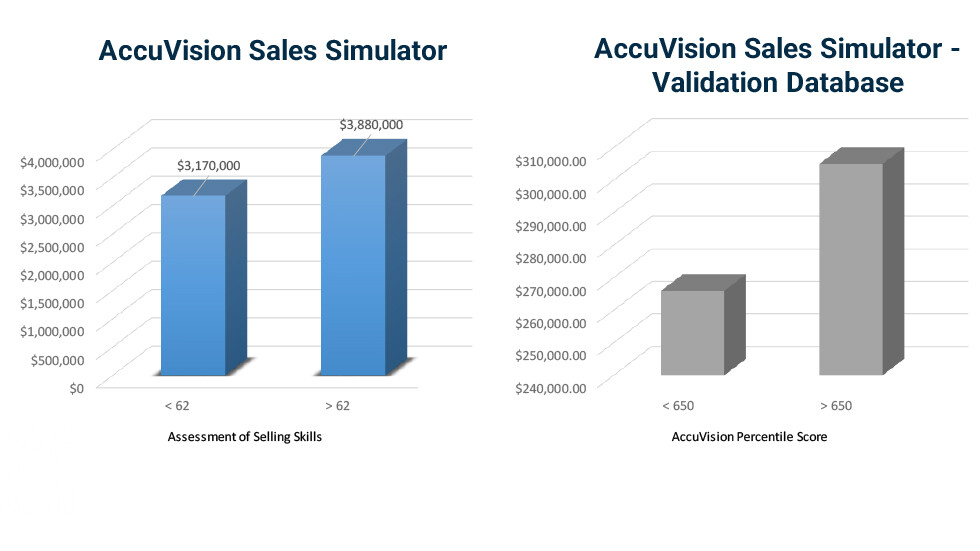The Use of Assessments
Broadly speaking, assessments within organizations have two major buckets of use. First, they can be used pre-hire to help in the hiring of employees (or in the promotion process), and second, they can be used with incumbent workers in a developmental application. Regardless of the intended use any assessment used should be fair, valid, and relevant to the job. Keep in mind that everything used to make a decision about an individual is considered an assessment. So, the job application is an assessment, a resume screen is an assessment, the interview is an assessment, and any other test you might use is an assessment. But there are good assessments and there are bad assessments.
What makes a good assessment?
Many of you already know what different job assessments exist, but understanding what makes a good pre-employment assessment can help tremendously in your improving your hiring and development process. As mentioned, assessments come in all different shapes and sizes including, simulation- based assessments, personality tests, emotional intelligence tests, academic tests (reading and writing and math), skills tests such as keyboarding, and general intelligence tests. Having so many kinds of tests, it is important to know that you are using a good assessment. A good assessment is one that is validated and proven to be able to evaluate a person’s knowledges, skills, abilities, or other characteristics. How results are presented may look different dependent on the test but all of them quantify a person’s abilities in a way that you can compare people against each other. These scores can show best fit, ability, strengths, and developmental areas for individuals. These are all important when looking to hire new employees and develop your current workforce.
What is Return On Investment (ROI)?
ROI, or Return on Investment, is a way to quantify in dollars how well a tool or initiative is doing. You can track ROI for anything, such as how much money you make on an email campaign, how many sales generate from a social media post, etc. Every decision should be able to be linked back to a resulting return of dollars of the resource costs (direct and indirect). To track your ROI, you need to be able to track the costs, and the resulting increase in revenue. Let us take an email campaign. You send to 45K, 30K open, and 20K result in a product bought. This would be an easy example of ROI you can track. While it is nice to know that 44% of the people purchased your product that is only meaningful if the costs are significantly less than the revenue generated form those sales. For example, if the profit from your product sale is $1, and the costs of the lists, and time to send out the emails, and other expenses is $2 per product sold then you will actually have a negative ROI and that project should not be undertaken again. On the other hand, if the product profit is $20 per sale and you spend $2 then you will have a very high ROI and should continue those efforts. This is a straightforward example of tracking ROI. The calculation of the “return” part can come from many different sources when discussing this in the context of assessment. Return linked to assessments include sales, costs savings due to efficiencies, reduced turnover costs, etc. Each business must figure out what is most important to them and make sure the assessment will be addressing those factors.
6 ways to track Return on Investment for an assessment.
Return on Investment is important to track for any business investment. You want to make sure that the money that you are putting into something will show return in the end. When it comes to assessments you want to make sure that this is the case as well. You want to make sure the money and resources you are investing in an assessment is providing a tangible return to your bottom line in some aspect of the business. The next question is how you calculate the ROI specifically for an assessment. There are a variety of ways to track the Return on Investment associated with assessments, we will explain them below.
1.Reduce Turnover/Increase Retention
One of the biggest ROIs seen from using assessments is in the reduction of turnover. The cost of turnover is significant for every organization. For some positions it can equal 2-3 times the person’s salary. There are many costs associated with turnover including lost opportunity, direct costs of advertising and recruiting for a new employee, lost revenue when the position remains open, etc. By using a validated assessment, the prediction/hit rate of hiring decisions increases, which in turn leads to people staying in the job longer. When you use this as a development tool you will be able to see where your employees thrive and what areas they need help. You will be able to better develop these employees rather than creating turnover and hiring someone new for that position. You can do this easily by tracking your number of hires and turnover rate over a period of time before and after acquiring an assessment for your needs.
2. Improve the Quality of Hire
As well as reducing turnover when implementing an assessment, you will be able to increase the performance levels of those that you do hire. This can be measured by an increase in new hire training pass rates, quicker times to productivity on the job, higher performing people on the job, increase customer satisfaction scores, etc. Each of these outcomes has a dollar value that can be tracked back to the increases seen once implementing the assessment.
3. Improve performance of existing employees
Assessments can be used for things other than just selection. Often companies use them to assist in the training and development efforts of incumbents currently in the position. Assessments help pinpoint specific development needs an individual has and existing strengths. Therefore, training and development efforts can be targeted to what an individual employee needs the most. Therefore, performance is increased in a very efficient manner versus simply training everyone on the same skill (many of whom will not have that skill as a development need). Raising the bar of your existing employees will always have a positive impact on the company’s bottom line.
4. Efficiency/Cost Savings
Companies spend a lot of time and money interviewing candidates that have little chance of being successful on the job. An assessment used before the interview process greatly reduces the amount of time spent interviewing candidates. The cost of the assessment is less than the cost of the interviewers involved in the hiring process. In addition, by only interviewing high probability candidates your interviewers will be spending quality time and actively “recruiting” the best possible people for the job.
5. Decrease the time to fill an empty position
time is always of the essence. For every day that a position stays open there are numerous factors that could exist. For example, in a customer service position with openings calls are answered slower, customers are less happy, etc., and that has an impact on the bottom line. For a sales position when the job is empty there are numerous lost opportunity costs. The use of assessments streamlines the process so that a pool of candidates can be identified to quickly fill in when positions become open.
6. Will increase revenue
While this is related to quality of the hire, and improving the performance of your incumbents, it deserves special recognition for any organization concerned with salespeople. Sales is the easiest outcome measure to see when it comes to a ROI. Revenue is extremely easy to see and measure. It is a simple premise; the better skills your salespeople have the more sales they will make. So, hiring the best possible salespeople to begin with, and developing the skills of your existing sales force will lead to positive results. Examples of an ROI related to sales can be seen in the chart
Conclusion
Calculating a return on investment is a good practice for every business to undertake relating to all their decisions. Whether to use an assessment or not is no different. As you read there are many different examples of ways an assessment will have a positive impact on the business. Sometimes calculating the Return on Investment is quite easy (i.e., sales numbers), and sometimes it is not as easy (I.e., the value of reduced turnover). Knowing you can track your ROI and that utilizing assessments will increase your return makes using a validated assessment an easy decision.
Related Resource: Pre-Employment Assessments – Everything you need to know
Related Blog Post: 7 Key Criteria for a Successful Sales Assessment


 Dr. Jaffee (M.A., Ph.D.) is a recognized expert in the field of assessments, and has created effective HR Solutions used by millions of people.
Dr. Jaffee (M.A., Ph.D.) is a recognized expert in the field of assessments, and has created effective HR Solutions used by millions of people.